Concert Photography
Concert Photography is the photography of musical concerts and other live performances. This genre of photography includes photographing musicians performing any genre of music, live dance performances, and live comedy shows. This genre of photography excludes portraits of musicians and other photos taken outside of the context of a live performance.
In shooting concert photography, you quickly begin to realize how difficult it can be getting a good shot in such a challenging setting. In most cases, photographers are not allowed to use flash, so they have little to no control over the light on the subjects. In many cases, photographers are also not in ideal positions to capture the action.
So, here are some tips and techniques you can use to take better concert photographs.
Dealing with Lighting Changes
Probably most difficult part of concert photography is coping with the constantly changing lighting. Concert lighting technicians give no mind to how difficult they make our lives as they try to make the show “look cool.” Bottom line is you will have a lot of ruined shots simply because the stage lighting is constantly changing and moving all over the place. So here is what you can do:
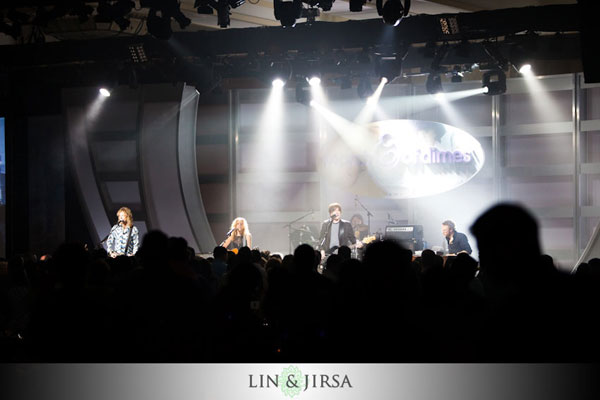
1. Shoot in manual mode. This is perhaps the most important concert photography tip. As the lighting is constantly shifting, don’t even bother with using any camera mode other than manual. Using aperture, shutter or any automatic mode will result in very inconsistent exposures.
2. Spot meter to the subject (i.e. the lead performer). Typically the lead performer will always be well lit throughout the performance. It is important to meter to the lead performer since, if you are metering on the scene, most of the time your lead performer will be completely blown (over exposed).
3. Focusing on the subject in low light. If you are having a hard time gaining focus, you can either switch manual (obviously), or try focusing on your subject when they are well lit. Then, once you are focused on the right subject, turn off auto-focus on the lens to prevent it from trying to refocus. This technique works best when on a tri-pod and when you are not needing to constantly zoom in and out.
Dealing with Motion Blur and Camera Shake
Because you are going to be shooting from a distance quite often, here are some concert photography tips to reduce motion and camera shake.
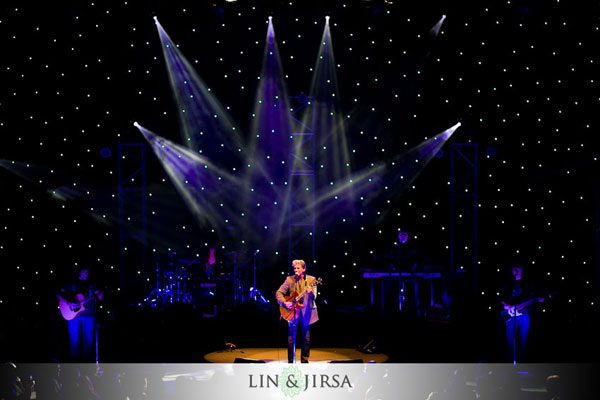
1. Use relatively high shutters. Since concert subjects are constantly moving, and since you will most likely be shooting from a telephoto lens, it is a good idea to keep your shutters around at least 1/100 of a second. So, drop your aperture as low as possible (f/2.8 or even lower if you can) and raise your ISO to ensure you not only properly expose your shutter, but also bring out the background lights.
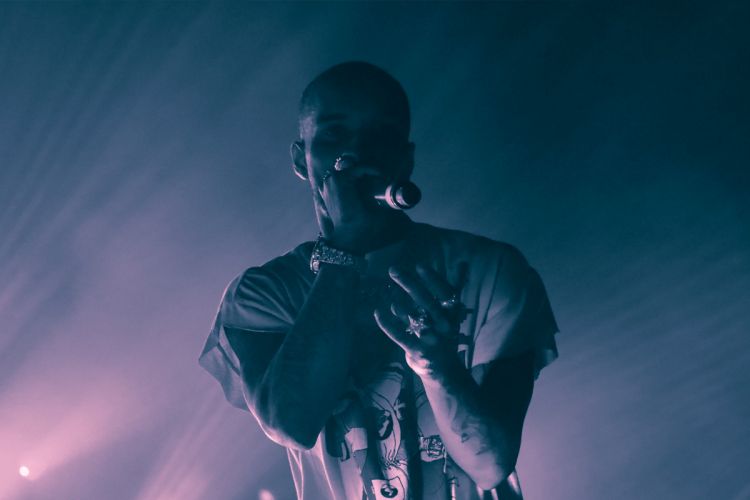
2. If possible, use a tripod. If it is possible, find a position where you are a little bit above the crowd and setup on a tripod to help you keep that telephoto lens stable. On a tripod, you can even shoot at 1/60 of a second or lower. Keep in mind though that while the tripod will prevent camera shake, lowering the shutter will create motion blur if your subjects are moving.
Getting the Close Up in Concert Photography
Close up shots are key, but getting close enough for the shot as well as taking a good shot can be a major challenge. So, here are a few tips for capturing the close up concert photos.
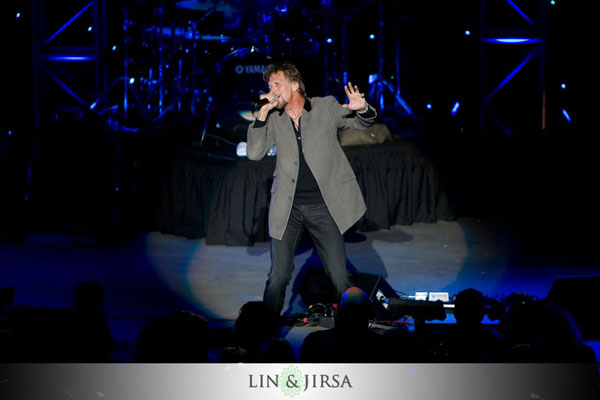
1. Shoot high resolution and crop. If you can’t get close enough for a nice tight close up of the subject, shoot at your highest resolution and crop down afterwards. If you are on a nice amateur-professional camera, you can shoot at 15-22MP and crop down and still have enough mega-pixels to create whatever print you need from the picture.
2. Use telephoto multipliers and crop frame sensor bodies. Keep in mind, you can always gain additional length on your telephoto by using a multiplier, or shooting on a crop frame sensor which can provide an additional 50-60% of zoom length. Most of the time, however, you’ll have to sacrifice ISO performance.
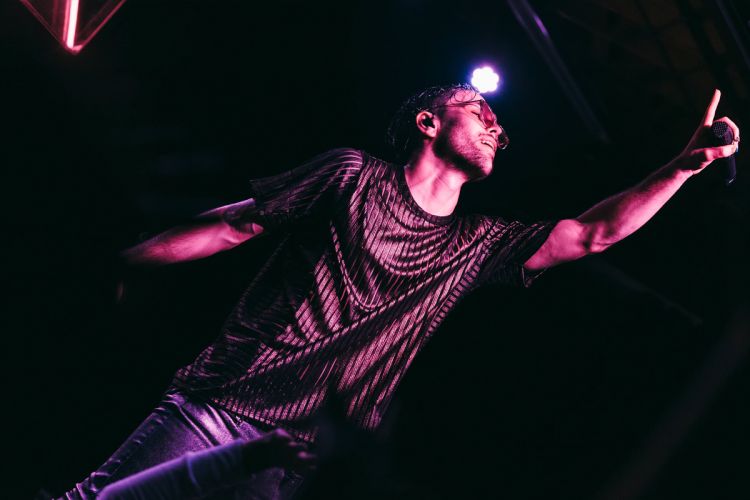
3. Close up without a good expression = no good. Close ups are great and all, but keep in mind that performers make very strange faces as they perform. So, it is good to focus, frame your subject and then play the waiting game where you wait for them to have a “good moment.” Some of my favorite times to shoot the performer is right before or after the song, during pauses in the song, or when they are belting a crazy note.
Shooting Wide in Concert Photography
1. Go Wide! Don’t get too caught up in capturing close-ups that you forget to grab the wide shots! Keep in mind, that when you do capture the wide shots, you are really looking for great lighting moments that will make the stage really pop. Using lighting flares as described below can also really bring out these wide shots.
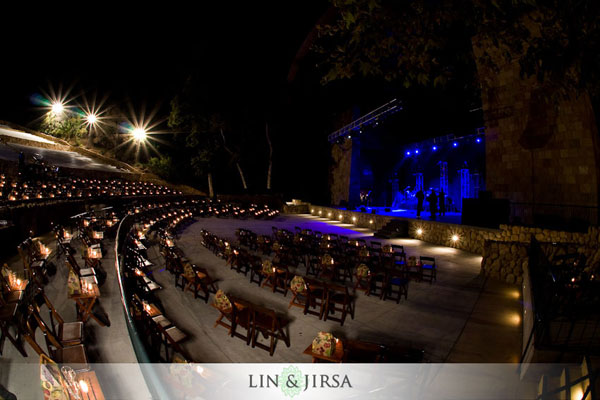
2. Flares look great, use them! Since the lighting is moving around so much during a concert, it is actually relatively easy to create really cool looking flares. Basically, all you need to do is shoot around 1/60th of a second, and wait for the light to swing around and point right into the lens of the camera. As soon as it does, fire! You may have to do it several times to get a nice look, but the resulting pictures can be breathtaking.

3. Capture unique crowd shots. Crowd shots are great, but keep in mind that they will always be silhouettes since there won’t be nearly enough light on them to separate them from the stage performers. So, to capture really cool crowd shots, wait until that perfect moment in the song where everyone throws their arms into the air to sing the chorus, or whatever it is. An active crowd looks much better than seeing just a bunch of zombie heads standing there.
Sample Setup and Camera Settings
1. My typical setup and settings for concert photography.
- Camera Body: 5D Mark II and 40D as backup and for the 1.6x crop factor
- Typical Lenses (in order of usefulness): Canon 70-200mm f/2.8L IS Telephoto, Canon 17-40mm F/4.0L Wide, Canon 50mm F/1.4 Portrait lens (for super low light)
- Mode: Manual
- Shutter Speed: 1/60 – 1/100 (or higher if the performers are very active)
- Aperture: f/1.4 – f/2.8 (unless using the wide angle)
- ISO Settings: 400-800
Please read the articles in this category for more concert photograph tips, techniques, guides, and camera gear recommendations.

How To Get Started In Music Photography
Many years ago I was out with a friend at a small gig and was enjoying the music when I ...

Steven Tyler of Aerosmith Wants His Fans to Stop Filming and “F@#$ing Watch The Show”
What would you do if someone pulled out their phone in the middle of an epic show? Would you tell them to stop? Would you join in and start filming on your phone also? Well Steven Tyler of Aerosmith has a pretty strong opinion on the matter and I think most of us could agree!

Photographer Assaulted at ‘Queens of The Stone Age’ Concert | Is The ‘Apology’ Enough To Set The Right Precedent?
We must change the precedent.

Taking Pictures At Concerts Without A Professional Camera
They always say that the best camera is the one you have in your hand, so let's talk about how to take good pictures at a concert with whatever camera you have in your hand!








